Wool is a versatile material that has been used for centuries to make clothing, blankets, and other textiles. However, there are many other uses for wool that you may not have considered. I use the fleeces from my animals for all sorts of things, from practical uses to fiber art and crafts.
My neighbor is new to this way of life and is constantly complaining that she can’t “get rid” of her fleeces so, being the good neighbor I am, I “help her out” by taking them off her hands, and find a way to use them – it’s really not hard. I gave her some suggestions, I showed her a few simple options, but no, she’d rather give them to me or let them go to waste, so what I can do but take them and make good use of them?

1. Insulation
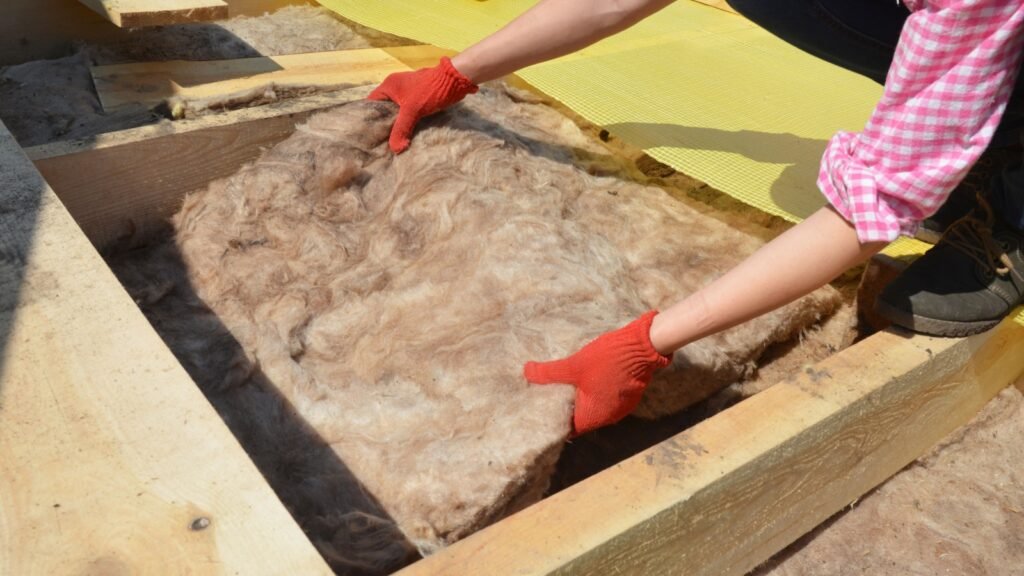
Wool is an excellent insulator, making it a great choice for keeping your home warm in the winter and cool in the summer. You can use wool batts or loose wool to insulate walls, attics, and even refrigerators. Wool is also naturally fire-resistant, making it a safer choice than some synthetic insulation materials.
2. Mulch
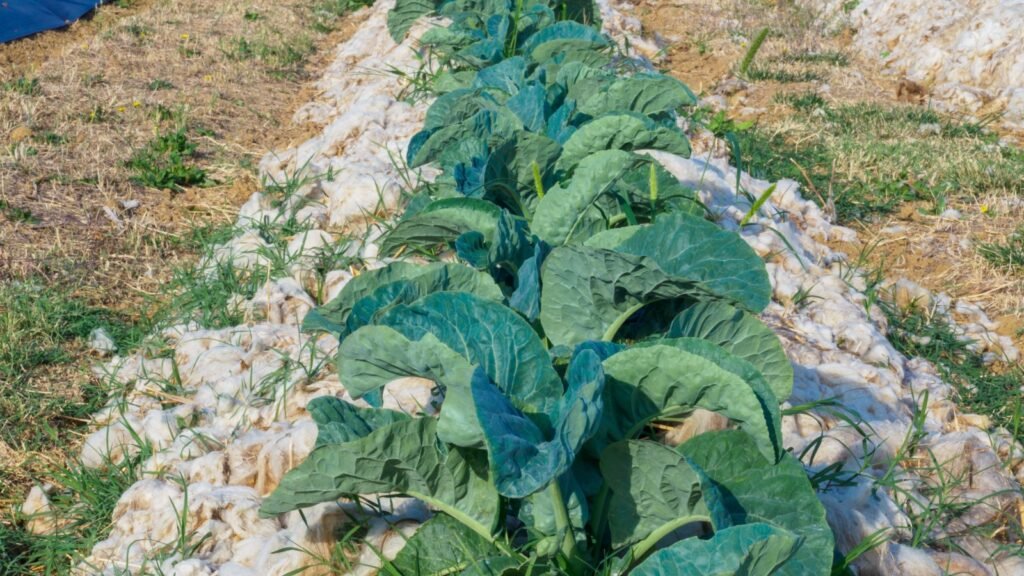
Wool can be used as a natural mulch in your garden to help retain moisture and suppress weeds. Simply spread a layer of wool around your plants and cover with a layer of soil or compost. As the wool breaks down, it will release nutrients into the soil, helping to feed your plants. It’s a great option for mulching in your survival garden, too, as it’s natural and chemical-free.
3. Felting

Felting is a process that involves matting wool fibers together to create a dense, durable fabric. You can use felted wool to make a variety of items, including hats, bags, and even jewelry. Felting is a great way to use up scrap wool or wool that may not be suitable for spinning.
4. Dryer Balls

Wool dryer balls are a natural alternative to fabric softeners and dryer sheets. Simply toss a few wool balls into your dryer with your laundry to help reduce static and wrinkles. Wool dryer balls can also help reduce drying time, saving you money on your energy bills. I felted myself some dryer balls and they’re awesome!
5. Stuffing
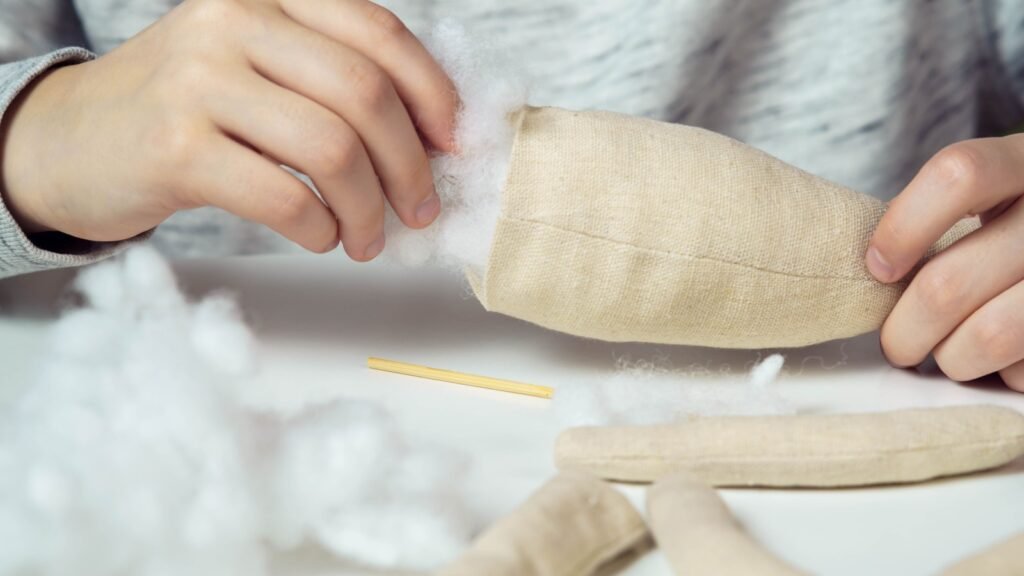
Wool makes an excellent stuffing material for pillows, toys, and other crafts. It is naturally hypoallergenic and resistant to dust mites, making it a great choice for people with allergies or sensitivities. You can also use wool stuffing to make your own mattress or futon.
6. Needle Felting

Needle felting is a craft that involves using a special barbed needle to sculpt wool into various shapes and designs. You can use needle felting to make decorative items like ornaments, figurines, and even jewelry. Needle felting is a great way to use up small amounts of wool and create unique, one-of-a-kind items.
I love love love to felt. I mostly practice needle felting and create all kinds of interesting things, ranging from doll and ornaments that I sell, to dog toys that my two hooligans go nuts for.
7. Dyeing
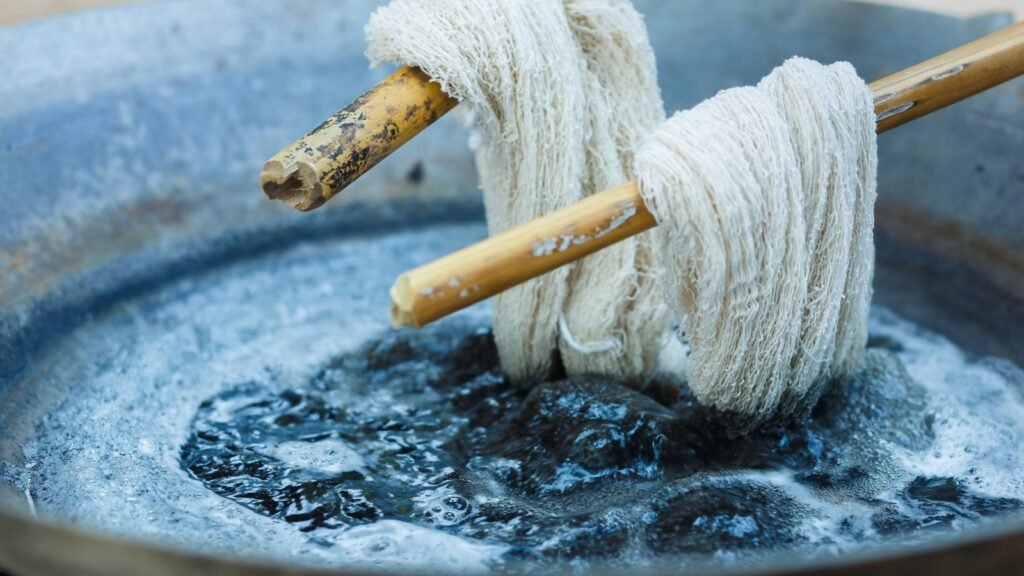
Wool is a great material for natural dyeing, as it readily absorbs and holds color. You can use a variety of natural dyes, such as plants, fruits, and even insects, to create vibrant, long-lasting colors. Dyeing wool is a fun and creative way to add a personal touch to your handmade items.
8. Composting
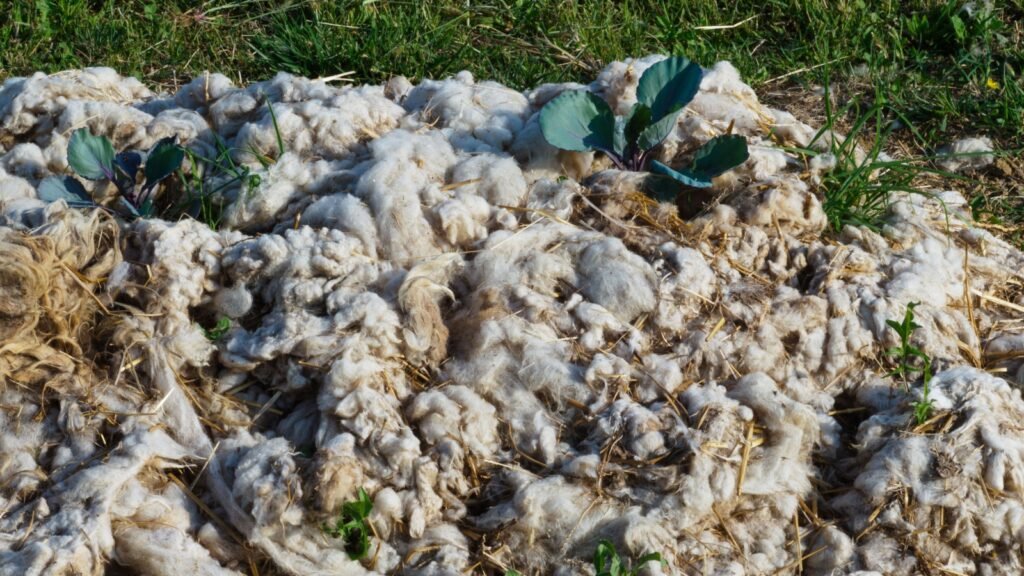
Wool is a natural, biodegradable material that can be used in your compost pile to help break down other organic materials. Simply add small amounts of wool to your compost pile along with other organic matter like food scraps and yard waste. As the wool breaks down, it will help to aerate the compost and speed up the decomposition process.
9. Erosion Control

Wool can be used to help control erosion on steep slopes or hillsides. Simply lay a layer of wool over the soil and cover with a layer of mulch or straw. The wool will help to hold the soil in place and prevent it from washing away during heavy rains or snowmelt.
10. Wound Dressing

Wool has natural antibacterial properties that make it an effective wound dressing material. In fact, wool has been used for centuries to treat wounds and promote healing. You can use clean, untreated wool to make your own wound dressings or purchase pre-made wool bandages.
11. Soundproofing
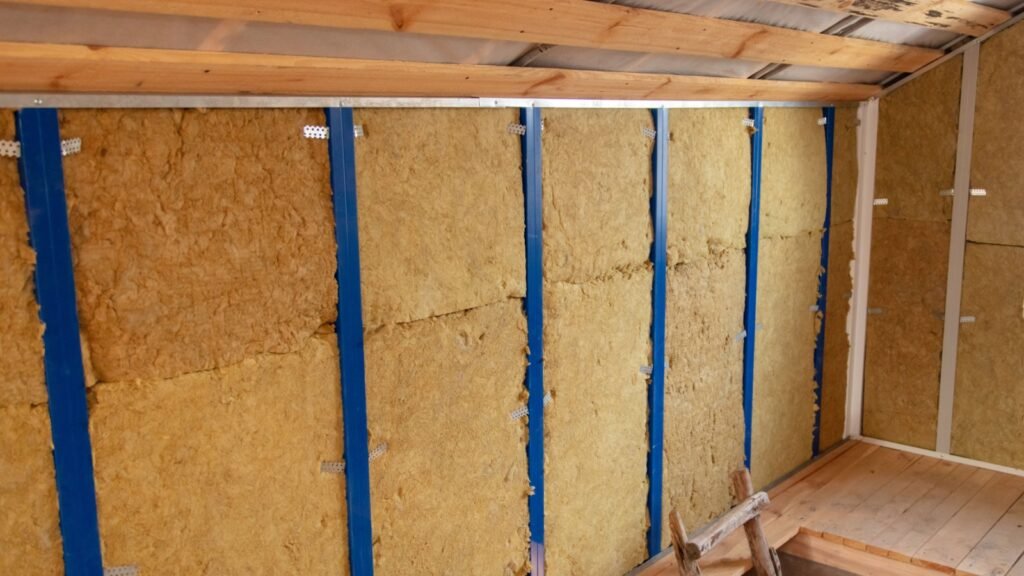
Wool is an excellent sound absorber, making it a great choice for soundproofing rooms or reducing noise pollution. You can use wool batts or panels to line walls or ceilings, or even make your own sound-absorbing panels using a frame and wool stuffing.
12. Pet Bedding
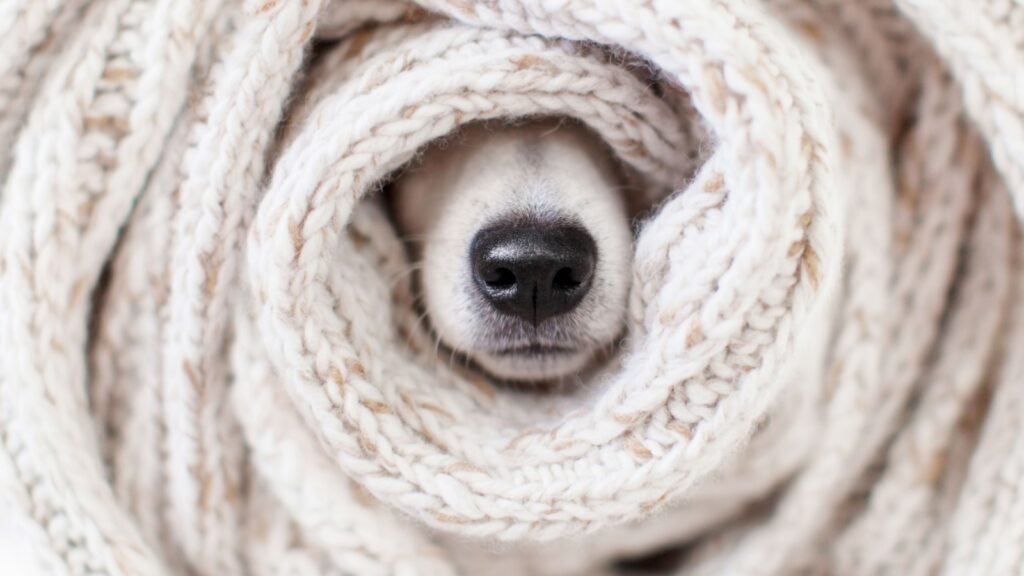
Wool makes a cozy and comfortable bedding material for pets like dogs and cats. It is naturally resistant to odors and bacteria, making it a hygienic choice for pet bedding. You can use wool batting or even old wool sweaters to make your own pet bed or purchase pre-made wool pet beds.

